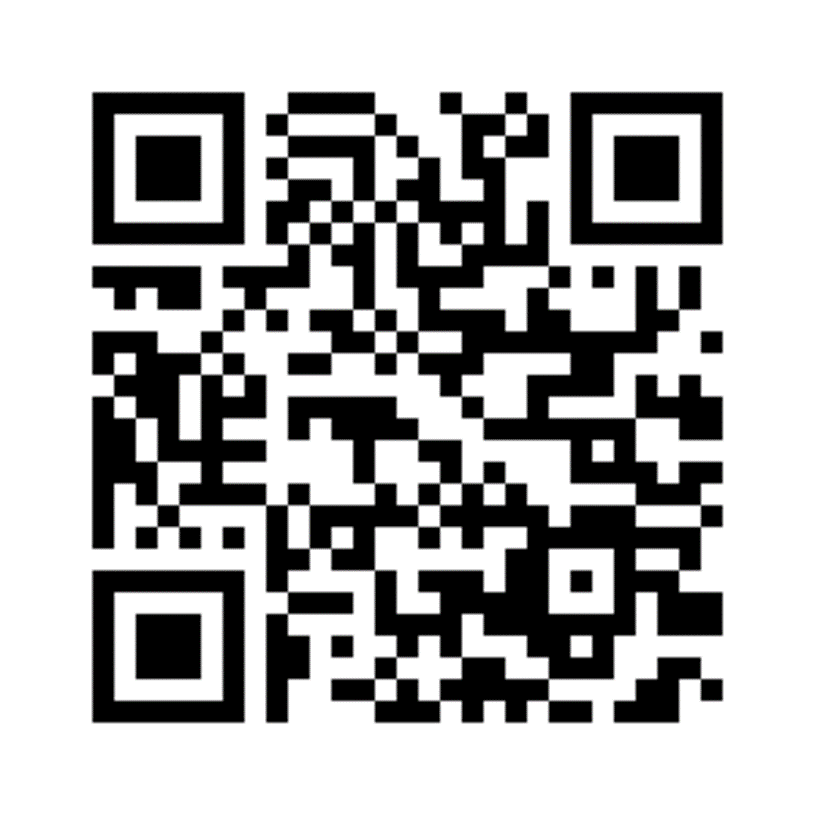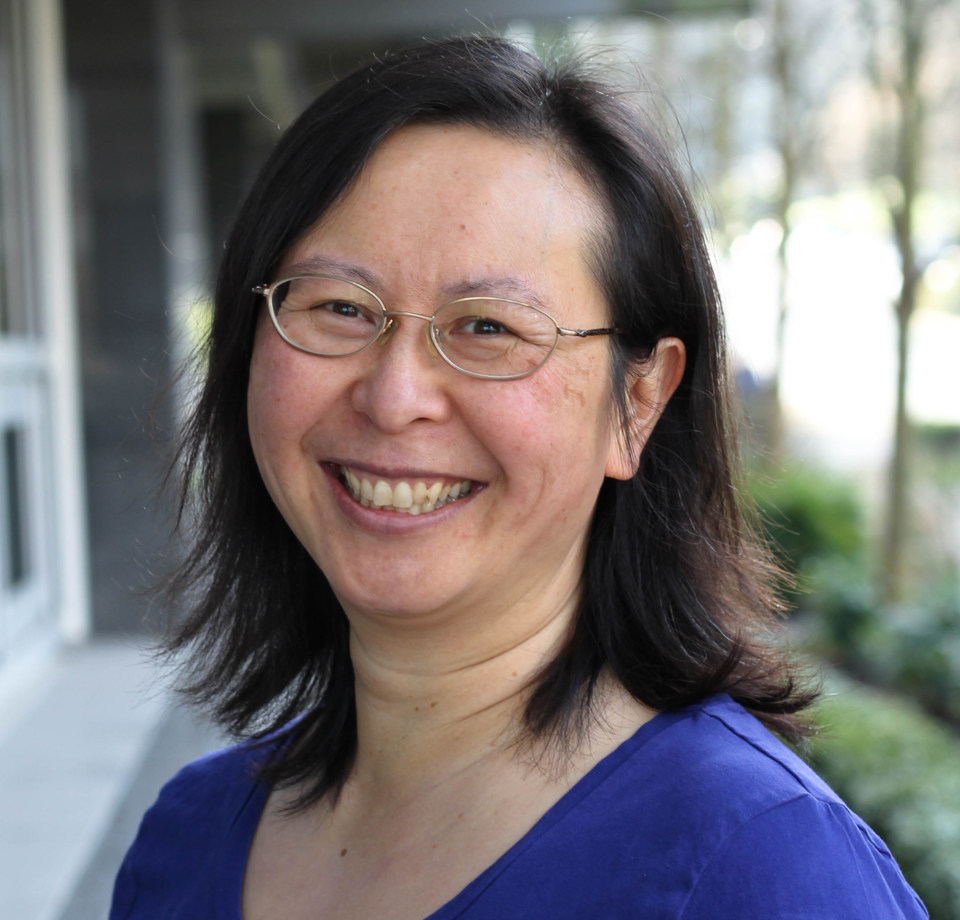After scrolling through endless health disinformation on the internet during the pandemic, a health sciences faculty member at the British Columbia Institute of Technology (BCIT) decided it was time everyone had access to vetted, reliable health information.
So Dr. Jennifer Kong developed a wide-ranging, free resource, Pathology: From the Tissue Level to Clinical Manifestations and Inter-professional Care, aimed at challenging a phenomenon she calls “Dr. Google.”
It is crucial to understand how the human body works, Kong said, but not everything that people read on the internet is reliable — it could be designed just to sell something or solely to generate clicks online.
People sometimes lack the knowledge and skills to identify the legitimacy of the information they are consuming, so the open resource can supply the facts for people with health questions, she said.
Development
Kong, who is also a longtime member of the department of pathology and laboratory medicine at the University of British Columbia (UBC), has access to resources like the UBC David Hardwick Pathology Learning Centre (DHPLC). But that resource is not available for everyone to access, so when there was a call for applications to the BCIT Open Education Fund, Kong jumped at the opportunity.
“I wanted to share reputable knowledge from people who actually teach this material to health-care professions,” she said. “It actually has the words, voices and faces of people in those professions saying what their job is. I thought — if somebody can learn the body on their own time, for free, it would help empower them to recognize what is true information and what is misinformation.”
Along with co-author Helen Dyck of UBC’s pathology department, Kong collaborated with other faculty members from BCIT and UBC medical professionals in all fields — ranging from cardiac sciences to respiratory and digestive conditions — to develop a free, accessible-to-everyone multimedia textbook.
Although the resource was initially aimed mostly at those entering a post-secondary field in health care or other disciplines, Kong hopes that it can help everybody.
Kong has so far made nine chapters available to the public, and hopes it to be the beginning of a much larger resource.
She has now applied for subsequent funding, which will help her build more chapters in the coming year.
Benefits
The resource is an excellent teaching tool, she said.
“It teaches people how the body works from the smallest level of the cell — how something that goes wrong [in a cell] can manifest into all these symptoms and clinical signs that the health care team can recognize and design some kind of treatment plan.”
The chapters, she added, also feature some stories about patients, both fictional and non-fictional, to show their health journey.
“Each chapter is structured very similarly. We first start with an overview — like a quick 20-second read as to what this chapter is about." The chapters then delve into anatomy, and why the particular disease develops.
The multimedia resource also features videos and interactive elements on specimens from the pathology lab — showing what various organs look like when diseased.
The chapters don’t get into the details of managing diseases and treatments but provide guidelines, Kong said.
“I think the body is so interesting, and so vital to your everyday life that I just can't help promote everyone's understanding,” she said. “And that's what it is; it is that I have the privilege of understanding how the body works. And I want everyone to share that same information because I know how it will benefit them in their lives.”
The resource is already gaining attention locally and from libraries in Australia showing interest in using chapters, and Kong hopes for this momentum to build.
You can access the book here or scan the QR code below.




